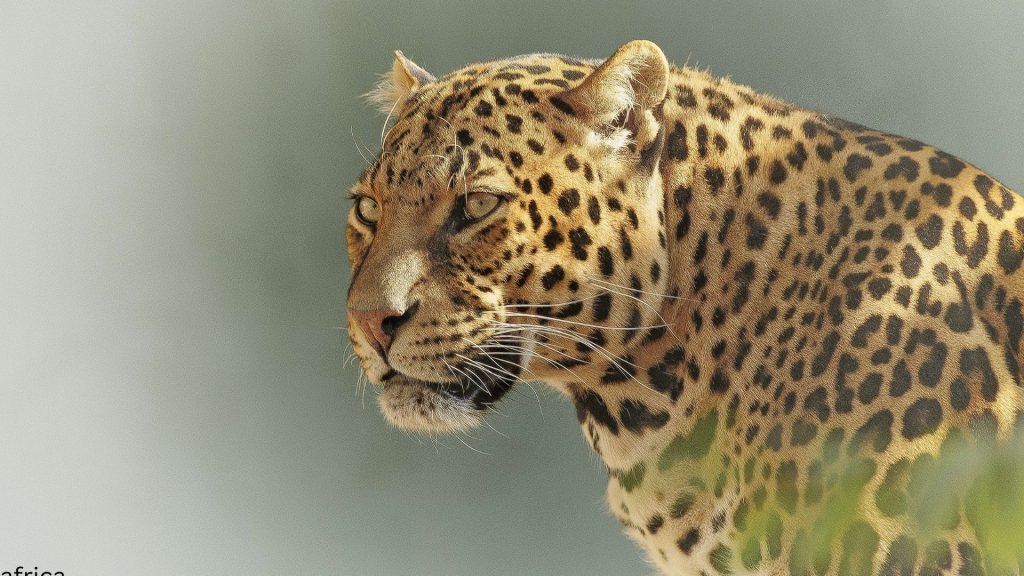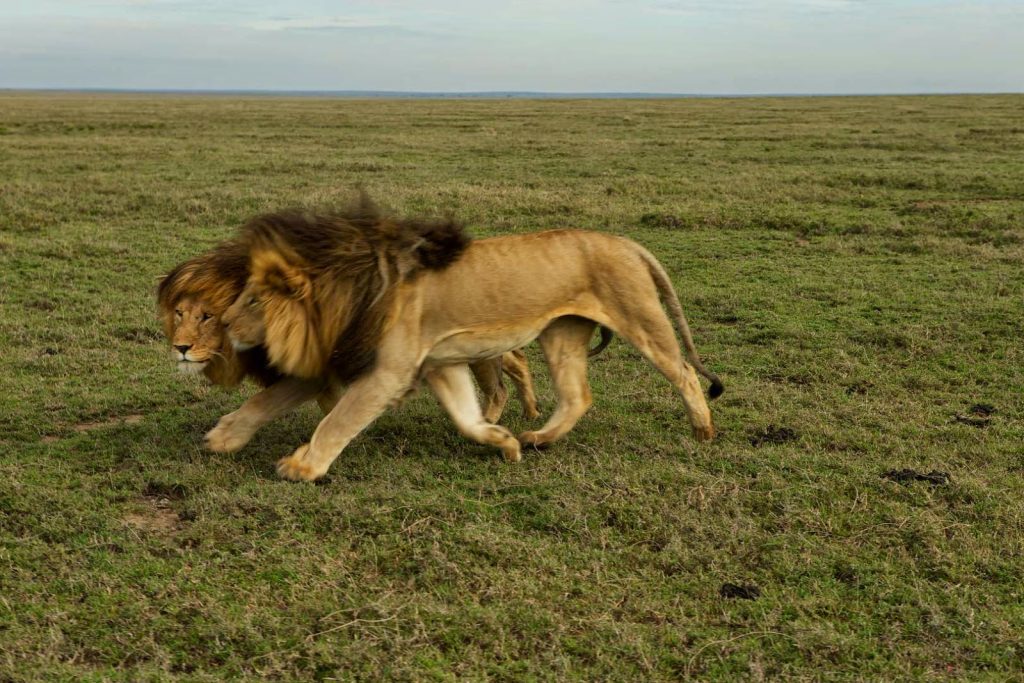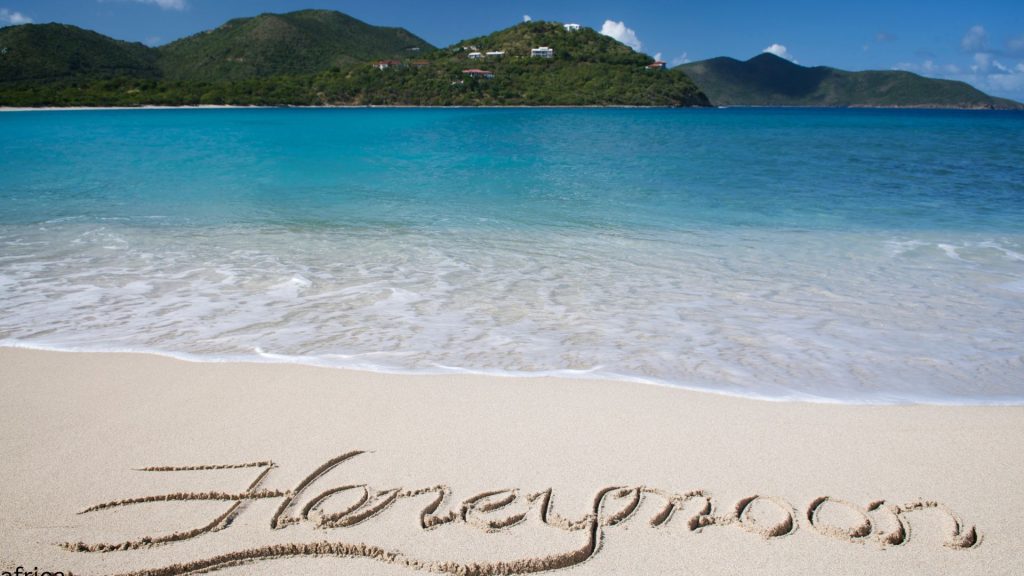Lake Nakuru National Park
Lake Nakuru in Kenya is just a three-hour drive from Nairobi in the Great Rift Valley. It boasts an abundance of wildlife and spectacular landscapes. Think black and white rhinos, lions, leopards, cheetahs, and hippos occupying euphorbia forests, acacia woodlands, savannah grasslands,s and rocky escarpments around a shallow, alkaline lake.
A Jewel of the Great Rift Valley
Lake Nakuru is among the most famous soda lakes in the Eastern African Rift Valley system. The park covers 188 km² (73 sq. mi), small but incredibly rich in wildlife. Its compact size allows visitors to easily explore its:
Rolling hills
Acacia woodlands
Open grasslands
Rocky escarpments
Panoramic viewpoints
Photography enthusiasts will find endless opportunities, from sweeping lake vistas to intimate wildlife portraits.
Location
Lake Nakuru National Park lies just 170 km (105 mi) northwest of Nairobi, making it one of Kenya’s most accessible safari destinations. Travelers can visit on a day trip or combine it with nearby attractions like Lake Naivasha, Hell’s Gate, or the Maasai Mara.
Climate
Despite being close to the equator, Lake Nakuru sits at a higher elevation—1,756 m (5,757 ft.)—resulting in a pleasantly moderate climate. Temperatures generally range from 12°C – 25°C (54°F – 77°F).
Rainfall Patterns
The park experiences two rainy seasons:
Long rains: March – May
Short rains: October – December
Rain typically falls as brief, heavy afternoon showers. Outside these periods, the weather is mild and comfortable throughout the day.
Best Time to Visit Lake Nakuru
Lake Nakuru National Park is open all year, and wildlife viewing is consistently rewarding.
However, the best time to visit is during the dry season (July – December) when:
Roads are easiest to navigate
Wildlife gathers around the lake
Visibility is excellent for game drives and photography
Even during the rainy months, the well-maintained network of roads ensures smooth travel.
Operating Hours
Open daily: 6:00 am – 6:00 pm
Entry on foot is prohibited, except in designated hiking areas and only when accompanied by a KWS ranger for safety.
Things to Do in Lake Nakuru National Park
1. Game Drives
The most popular way to explore Lake Nakuru is on a guided game drive. An expert safari guide enhances your experience with knowledge of the park’s wildlife, landscapes, and especially its bird species, which remain a major highlight.



